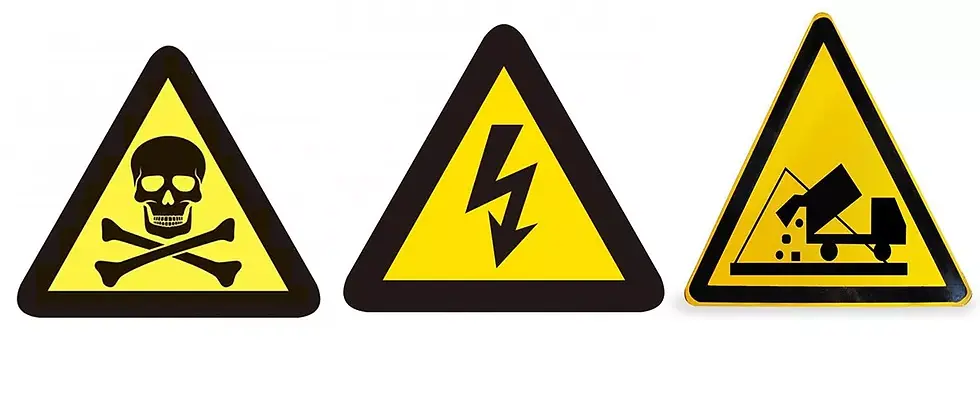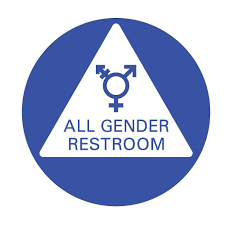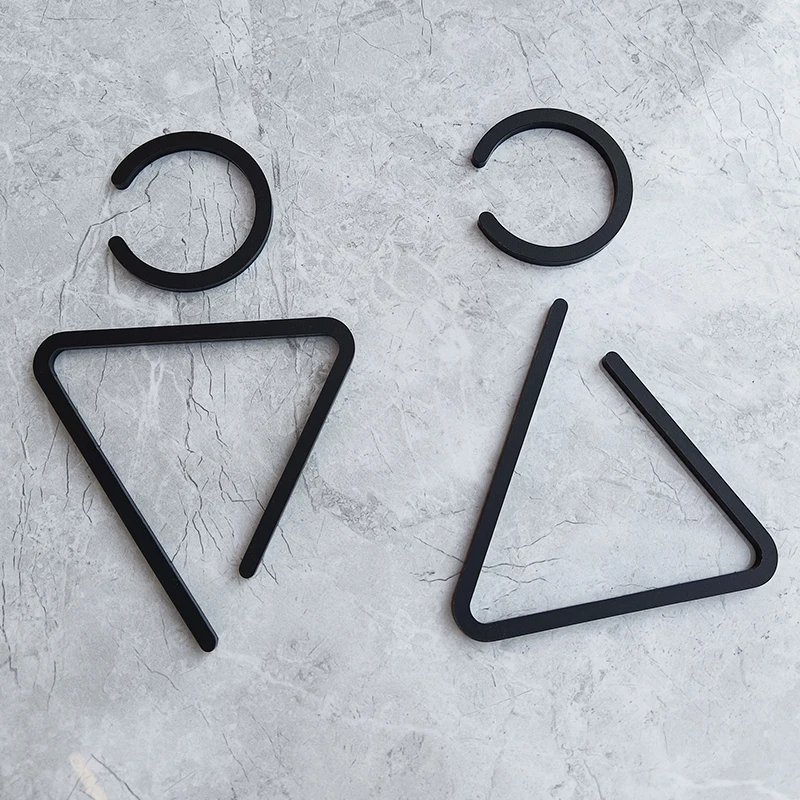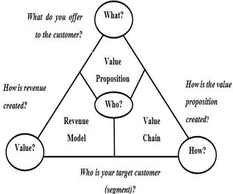The Ubiquitous Triangle (an Introduction)
- Holli Kalina

- Sep 30, 2024
- 3 min read

The triangle, a ubiquitous shape in our environment, culture, history, and nature is instantly recognisable, but its prevalence means that it is very easily overlooked. How often do we instinctively press the buttons in an elevator, on the remote control for our televisions, cameras, or the multitude of electronic devices in our possession, subconsciously equating the triangle to a direction indicator, volume control, or TV channel selection? On the road, whether as a pedestrian or road user triangular-shaped signs indicating “caution” or “warning” are a familiar, recurring signal (1). The triangle is a victim of its own success! I implore you, "start looking for and appreciating the triangle in all its guises and uses."
The triangle figures prominently in architecture, from the ancient pyramids of Giza to contemporary bridge and high-rise tower construction, where they are used extensively in the design of supports and trusses because of their rigidity, strength, and ability to resist torsional force (2)
Modern-day aesthetics has succeeded in gendering the triangle, with signs on public toilet doors featuring traditionally oriented triangles, hypotonus down, to represent female or woman and upturned triangles to represent male or man. This binary arrangement falls foul of current thinking around gender and access to public facilities, but the triangle has not been forsaken. It appears that a triangle is highly conspicuous and new signage continues to use the triangle to demand attention…
The name Triangle comprises the word “angle” prefixed with the Greek word Tri, derived from the Ancient Greek “Treis”, and the Latin “Tres” which unsurprisingly translates to “three”.

The triangle is a basic mathematical shape, which means that its area, length of sides and angles can be mathematically defined or calculated. It was the ancient Greek scholar Pythagoras who established his now famous geometric theorem, that the sum of the squares on the legs of a right triangle is equal to the square on the hypotenuse.
The triangle is ostensibly so popular within the mathematical branch of Trigonometry that names have been assigned to triangles of different dimensions (3).
Many business theories borrow from the triangle to represent their concepts and theories, these include, to name but a few: Project Management(time/cost/quality model), business management (magic triangle), change management (change triangle), and of course Maslow’s Hierarchy of Needs.
The triangle also appears in the natural world. Grasses and some petals are examples of plants that evolved triangular features. Mountains are very obvious examples of triangles in nature, where sheering forces remove rock over time to leave the strongest parts standing in almost pyramidlike splendour. Ask a child to draw a picture of a mountain and they will most likely draw a triangle.

In an innovative study by Yildiz Technical University and Afyon Kocatepe University, Turkey, in 2015, Ümmühan Yeşil Dağlı and Erdoğan Halat concluded that of 82 children in pre-school, between the age of 3 and 5, over 93% could recognise various forms of triangles and more than 60% were able to draw one when asked (4). Whilst the children in this study were overwhelmingly able to identify a triangle, another study in Spain, into the comparative attractiveness of food shapes to children, found a less than favourable response to food that resembled a triangle. For a cohort of 50 children (54% boys, 46% girls) aged from 5 to 12 years old, triangular-shaped food, which comprised the same constituents as its apple shaped counterpart, received a higher proportion of negative responses when compared. In contrast however, I have a far more positive reaction to triangular food in my diet, with pizza, cheese, and cake often featuring in triangular shapes servings (I'm just saying)

(1) THE HIGHWAY CODE, n.d. Signs and Signals – Warning Signs on the Road [viewed Sep 30, 2024]. Available from: https://www.highwaycodeuk.co.uk/warning-signs-on-the-road.html
(2) JAYAN, P., 2020. Why the shape TRIANGLE is widely used in structural engineering? [viewed Sep 30, 2024]. Available from: https://structures-simplified.com/2020/08/why-shape-triangle-is-widely-used-in/
(3) STUDY.COM, n.d. Types of Triangles & Their Properties [viewed Sep 30, 2024]. Available from: https://study.com/academy/lesson/types-of-triangles-their-properties.html
(4) YESIL-DAGLI, U., and Halat E, HALAT, 2016. Young Children's Conceptual Understanding of Triangle, Eurasia Journal of Mathematics, Science & Technology Education, 12(2), 189-202
(5) DA QUINTA, N. et al., 2023. The effect of food shape on children’s implicit and explicit emotional response. Food Quality and Preference, 109, 104921






























Comments